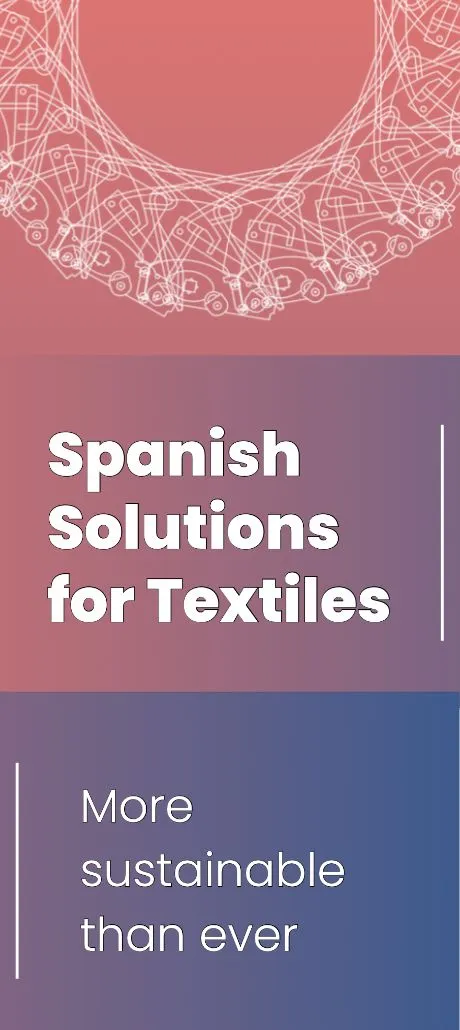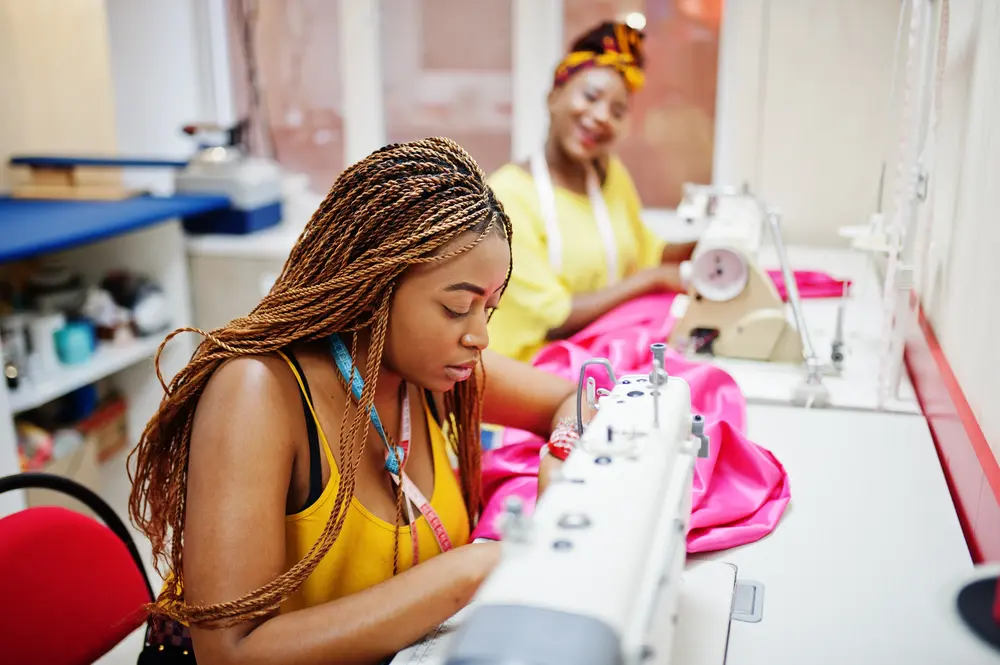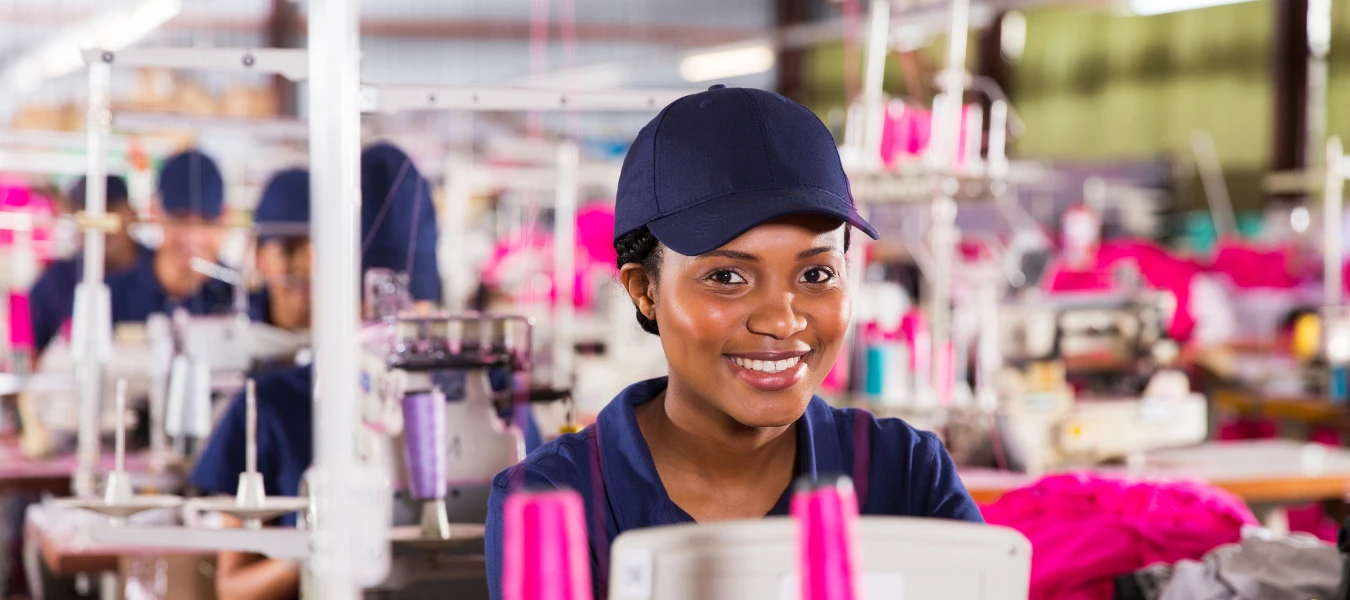The African Growth and Opportunity Act (AGOA) has been a cornerstone of Kenya’s export economy for over two decades, especially in the textile and apparel sector. Under AGOA’s duty-free access to the U.S. market, Kenya’s garment factories have flourished – stitching jeans and shirts for major American brands – and providing tens of thousands of jobs. As AGOA approaches its scheduled expiration in 2025, Kenya faces a pivotal moment. This article examines AGOA’s historical importance to Kenya’s apparel exports and industrial growth, and analyzes the risks and strategies Kenya is weighing in response to the looming deadline.
AGOA’s Importance to Kenya’s Textile and Apparel Exports
Kenyan workers produce jeans for American brands under AGOA’s duty-free trade. Kenya’s apparel exports to the United States have grown explosively under AGOA. In 2001, Kenya exported only about $55 million worth of mostly apparel goods to the U.S.; by 2022, that figure had surged to $603 million, accounting for nearly 68% of Kenya’s total exports to the U.S..
This apparel-dominated export boom elevated Kenya to become one of sub-Saharan Africa’s top garment suppliers to the U.S. market. In fact, roughly three-quarters of all Kenyan exports to the U.S. enter under AGOA’s preferential terms, underscoring how heavily Kenya relies on the program for access to its leading export market. The bulk of Kenya’s AGOA exports are in textiles and apparel, taking advantage of AGOA’s generous quota- and duty-free treatment for clothing. Kenya primarily exports items like denim jeans, trousers, and knitwear to American brands and retailers.
Notably, AGOA’s “third-country fabric” provision has been crucial – it allows Kenyan factories to use imported fabrics (often from Asia) and still qualify for duty-free access. This flexibility enabled Kenya to rapidly build up a garment assembly industry even without a large domestic textile base. As a result, apparel has consistently made up over 90% of Kenya’s exports to the U.S. under AGOA.
Major American companies from Levi Strauss to Walmart have sourced from Kenya’s Export Processing Zone (EPZ) factories, which churn out “pure Americana” denim jeans in Nairobi for shipment to U.S. stores.
Employment and Investment Boom Under AGOA
The growth of Kenya’s apparel exports under AGOA has translated into substantial job creation and industrial investment at home. When AGOA began, Kenya’s export garment industry was modest – around 23,000 workers in 2002.
Over the following years, as foreign and local investors established factories to meet U.S. orders, employment surged. By 2018, Kenya’s apparel industry employed an estimated 70,000–80,000 workers (across about 45 medium-to-large factories) at its peak.
This expansion has been especially impactful for women, who comprise a majority of the garment workforce. Even after some fluctuations (due to competition and COVID-19 disruptions), Kenya’s EPZ garment firms still directly employed about 50,000 workers in 2021, making apparel the single largest industrial employer in the zones (accounting for over 75% of EPZ jobs).
Thousands more jobs have been supported indirectly in ancillary services, logistics, and cotton farming. By some estimates, over 150,000 Kenyan livelihoods depend on the textile-apparel export chain, all linked to AGOA’s market access.
This job creation has come alongside rising investment in Kenya’s manufacturing. Firms have poured money into new sewing machines, factory expansions, and worker training. During 2021, even amid global uncertainties, private investment in Kenya’s EPZ garment sector rose 21% (to KSh 23.2 billion) as companies upgraded facilities.
Export revenues have also climbed steadily. Kenya’s apparel exports to the U.S. were valued at around $225 million in 2010; by 2023 they reached $510 million. This inflow of foreign exchange has helped Kenya’s economy and contributed to the growth of ancillary industries (like packaging, buttons, and laundry services for finishing jeans).
Boosting Industrial Competitiveness and Value Addition
AGOA has not only increased volumes but also enhanced the competitiveness of Kenya’s industrial sector. Many AGOA-linked jobs are formal and relatively higher-skilled by regional standards. U.S.-bound factories in Kenya must meet strict quality and compliance requirements for global brands, which has driven improvements in productivity and standards. According to the U.S. International Trade Commission, apparel firms exporting under AGOA often provide workers with better training, wages, and benefits than the informal sector.
In Kenya’s EPZ, firms have offered benefits like on-site meals, transport, healthcare, and education support for workers’ children – improving livelihoods and skills. The presence of major global buyers also pressured Kenyan producers to improve efficiency and meet delivery timelines, gradually building capacity in manufacturing management.
However, AGOA’s impact on deeper value addition has been limited. Kenya’s garment sector remains focused on stitching imported fabrics into finished clothes, rather than a fully integrated textile value chain. AGOA did spur some revival of cotton farming and ginning domestically, but not at the scale to feed the export industry. Recognizing this, Kenya’s national AGOA strategy urged diversification beyond the ~30 apparel product lines that dominate its U.S. exports.
In recent years, there have been incremental moves to produce more accessories and even some textiles locally, but Kenya still imports most raw materials. Nonetheless, AGOA’s long 0% tariff advantage gave Kenyan manufacturers a competitive edge to establish themselves despite higher production costs than Asian giants.
With duty-free access, Kenyan apparel could compete on price in the U.S. market. This preferential margin has been crucial to Kenya’s competitiveness; as one industry executive put it, “the apparel-dominated AGOA sales…are pure Americana destined for the U.S.” – a trade lifeline that helped Kenya build an industrial foothold.
Looming 2025 Expiration: Risks and Challenges
AGOA is set to expire on September 30, 2025, and its potential non-renewal poses serious risks for Kenya. The most immediate threat is the loss of duty-free status for Kenyan apparel. If AGOA lapses, Kenyan garments would once again face normal U.S. import tariffs, which range from about 15% up to 30% on many clothing items.
This would instantly make Kenyan products more expensive for American importers. Buyers are already growing skittish due to the uncertainty. Industry reports note that U.S. apparel imports from AGOA countries have started to decline as the deadline nears – in fact, U.S. apparel imports under AGOA fell by 21% in value in 2023 compared to 2022.
In the first five months of 2024 alone, imports from AGOA African suppliers dropped 13.1% by value year-on-year, as some sourcing orders shifted elsewhere amid doubts about AGOA’s renewal. Kenya felt this pinch: its AGOA exports in 2023 dipped slightly (to $510M from $517M in 2022), breaking its growth trend.
Factory owners warn that without clarity, U.S. clients may cut spring 2025 orders – a damaging prospect for an industry that plans production cycles months in advance. Job losses would likely be swift and severe if AGOA preferences vanish. Kenya’s Export Processing Zone Authority projects that most of the 50,000+ direct apparel jobs would be at risk, given that over 90% of their output is for the U.S. market.
The American Apparel and Footwear Association cautions that companies “will not delay decisions” and will move orders to more certain locales absent a timely renewal. One analysis estimated “over 150,000 Kenyan livelihoods” (including workers and dependents) hang in the balance with AGOA’s fate. Already, some East African competitors have been hit hard: the uncertainty and other factors led to declines in exports from Lesotho, Madagascar, and others in 2023.
Kenya – currently the largest AGOA apparel exporter – would be next in line. Kenyan stakeholders also worry about being leapfrogged by global competitors. Countries like Bangladesh, Vietnam, and China (outside AGOA) generally have lower manufacturing costs than Kenya. Up to now, AGOA’s tariff waiver helped offset that cost gap. If Kenya loses it, buyers might revert to Asian suppliers or nearer sourcing hubs. “The reciprocal trade announcement will pull the AGOA rug from under our feet,” warned one South African economist about the broader impact.
In a worrisome sign, the U.S. government under a new administration in 2025 even imposed steep MFN tariffs on certain African exports – interpreted by experts as a signal that AGOA might not be renewed. While Kenya’s officials noted that the 10% tariff the country faces could still leave it “a competitive edge…over worse-hit Asian rivals” (some of whom pay higher U.S. tariffs), that margin is slim comfort compared to the current duty-free access. In short, without AGOA Kenya’s apparel industry would suddenly be competing on an uneven playing field.
Kenya’s Strategy: Navigating a Post-AGOA Future
Facing these challenges, Kenya is pursuing multiple strategies to mitigate the impact of a potential AGOA expiry. First and foremost, the Kenyan government – alongside other African nations – is lobbying hard for AGOA’s timely renewal. President Joe Biden’s administration has signaled support for extending AGOA, and bipartisan bills in the U.S. Congress have been introduced to renew the program for another 10+ years.
In April 2024, U.S. lawmakers proposed the AGOA Renewal and Improvement Act of 2024 to extend AGOA to 2041 (an additional 16 years).
Kenya is actively backing such efforts, emphasizing the mutually beneficial nature of the trade partnership. Kenyan officials and industry groups have attended AGOA forums and engaged U.S. counterparts, stressing that an early, long-term extension (rather than a last-minute renewal) is critical to avoid investor jitters and order cancellations.
There is precedent for this concern – uncertainty before the 2015 renewal had caused a dip in investment, something Kenya is keen to prevent by securing a decision well before 2025. At the same time, Kenya is exploring alternative trade arrangements to ensure continued U.S. market access. Since 2020, Kenya has floated the idea of a bilateral free trade agreement (FTA) with the United States – a more permanent pact that would replace the unilateral preference regime. Talks on a Kenya-U.S. FTA began under the previous governments, but progress stalled with administration changes.
The initiative has since been reframed as a Strategic Trade and Investment Partnership (STIP), focusing on cooperation in areas like standards, digital trade, and customs procedures.
However, U.S. officials have indicated that any STIP outcomes will “not graduate Kenya out of meaning the partnership is not a substitute for the tariff benefits of AGOA. Still, Nairobi views deeper trade ties with the U.S. as a long-term goal. If AGOA is not renewed, Kenya may revive pushes for a comprehensive FTA or at least secure certain waivers. (Indeed, in 2025 Kenya was reported to seek a tariff waiver to shield its apparel exports from new U.S. duties, aiming to hold onto its hard-won market share.)
Beyond the U.S., Kenya is diversifying its trade relationships. In 2023, Kenya concluded an Economic Partnership Agreement with the European Union, ensuring continued duty-free access to the EU market (which is another major destination for Kenyan goods like tea, coffee, and flowers).
This EU-Kenya trade deal, provisionally applied in 2024, could open opportunities for Kenya’s textile sector in Europe as well. Likewise, Kenya has a trade agreement with the UK (rolling over preferences post-Brexit) and is a member of the African Continental Free Trade Area (AfCFTA). While these deals cannot fully replace the huge U.S. apparel market, they form part of Kenya’s hedge against over-reliance on a single preference scheme.
Kenyan manufacturers are cautiously exploring regional African markets for garments and moving up the value chain (for instance, producing more finished clothing for domestic and East African consumers), which could provide some buffer if U.S. demand falters. Kenya’s industry leaders are also focusing on competitiveness measures at home. The Kenya Association of Manufacturers has highlighted the need to boost productivity and reduce costs – for example, by investing in modern machinery, worker training, and even renewable energy (such as a large solar project installed on a Nairobi garment factory’s roof) to cut power bills.
The aim is to make Kenyan apparel viable even with lower margins. There is also a renewed push to develop local textile mills and cotton production, leveraging regional cotton resources, so that Kenya can eventually supply its factories with local fabric. This would both create upstream jobs and strengthen Kenya’s case as an integrated sourcing location.
Conclusion
Kenya’s textile and apparel sector has been a clear winner under AGOA, transforming from a nascent industry into a major export earner and employer. Over the last 20+ years, AGOA preferences enabled Kenya to ship hundreds of millions of dollars in clothing to the U.S. tariff-free, driving industrial growth and investment. The benefits to Kenya – jobs for tens of thousands of workers (mostly women), foreign investment in manufacturing, and integration into global supply chains – underscore AGOA’s importance as a development tool
Now, as the 2025 expiry date nears, Kenya stands at a crossroads. The risks of AGOA’s end are stark: factories could close, jobs could be lost, and a vital export market could shrink, undermining two decades of progress. These stakes explain why Kenya, along with other African nations, is ardently advocating for AGOA’s renewal.
If AGOA is renewed (as many hope), Kenya will seek to not only continue but deepen the success – possibly by expanding into new product lines and building more local value addition. If, however, AGOA preferences were to lapse, Kenya’s strategy is to be prepared: by securing other trade deals, bolstering competitiveness, and pivoting to alternative markets, the country aims to cushion the blow and sustain its textile industry.
In any scenario, the next few years will be critical for Kenya’s flagship export sector. The story of AGOA and Kenya illustrates how trade policy can fuel industrialization in Africa – and how prudent policy responses are needed to maintain those gains in the face of change. As one Kenyan factory manager noted, “when you have 150,000 people dependent on you, you have a responsibility”

































